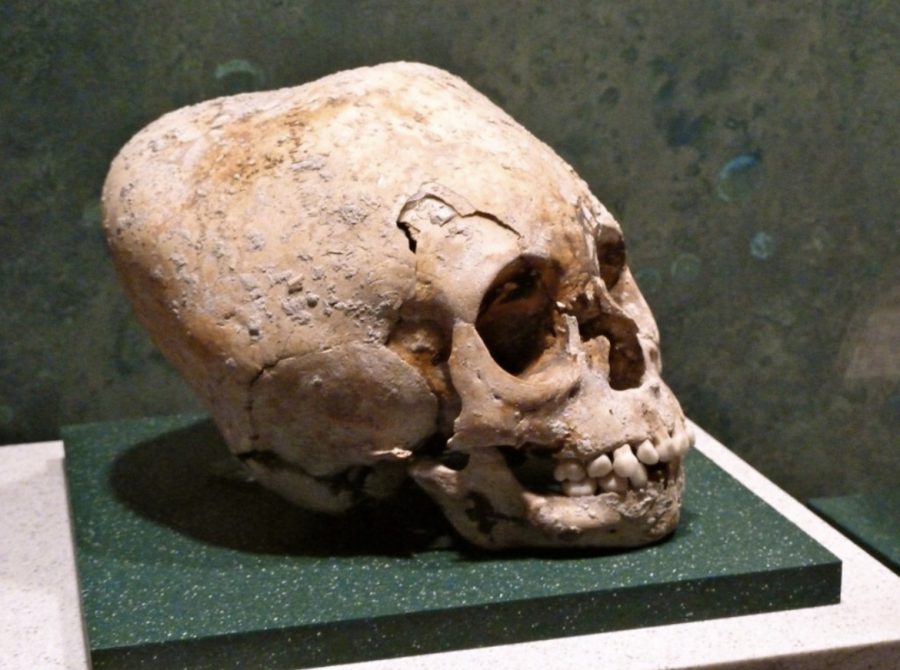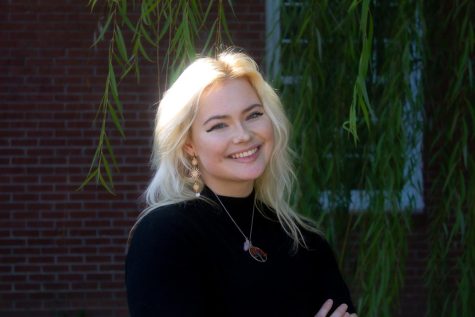SAD Season: How Psychological Diagnoses Are Socially Constructed
As the temperatures drop below the seventies in Southern Georgia, many residents may notice a spike in depressive tendencies.
This stands for irritability, apathy, and general melancholia. Common physiological symptoms of depression, such as headaches and fatigue, can also manifest during the cooler months. This phenomenon is often diagnosed as Seasonal Affective Disorder, or the appropriately acronymized SAD.
As many as 44% of college students reported suffering from symptoms of depression, according to a July 2022 Mayo Clinic press release.
While I’m not here to play armchair psychiatrist, I’m also not at all surprised by that statistic. A large portion of my friends describe how they’ve been feeling in a fashion that aligns with symptoms of SAD, and many are even clinically diagnosed with depression in one form or another.
Some people, particularly those of older generations, write off mental health conditions as excuses or blame their development on recent shifts in the culture, ex.
“Nobody had anxiety when I was a kid, so it must be because you’re always on that dang phone!” SAD isn’t exempt from the misconceptions, having only been recognized as a psychiatric condition in 1984.
This dismissive attitude disregards widely accepted science and places blame on those already clearly struggling, which doesn’t help anyone.
What that type often needs to consider, however, is advances in modern medicine. If no one was actively researching human psychology back in the day, how were they to know if something was off in the first place? Humanity put virtually any struggle with mental health under the umbrella of hysteria until the mid-twentieth century.
If a teenager one hundred years ago were unable to sit still and had trouble focusing on tedious things like polishing silverware, they almost certainly would’ve been written off as lazy or incompetent.
One thousand years ago, though, it may have been considered a desirable advantage for hunter-gatherers.
With recent editions of the Diagnostic and Statistical Manual of Mental Disorders (or DSM), however, today’s professionals would likely identify those tendencies as symptoms of ADHD.
This example shows that what we consider a disorder depends on how our society functions. The same symptoms of ADHD that would have benefited our Homosapien ancestors are perceived as an inconvenience now; The bureaucratic structures of our 9-5s don’t need us optimized for survival.
Anthropologists have identified cancerous tissue abnormalities dating back to as early as 3,000 BCE. Take this case of metastasizing prostate carcinoma in the remains of a Scythian king that researchers diagnosed as cancer 2,700 years post-mortem.
While the ancient Egyptians certainly didn’t use the term “carcinoma,” it’d be a little ridiculous to assume that that meant they couldn’t fall victim to it, no? It’d be even more ignorant to imply that they brought it upon themselves.
The first COVID-19 patients couldn’t have known what they’d contracted, but a doctor in 2019 probably would’ve misdiagnosed it as the flu they did. Despite our ignorance of it at the time, the virus was still very much real, and the same can be applied to psychiatric conditions.
Wile-E-Coyote would still be blasted to smithereens in every animation if he’d never heard of TNT. Whether or not the viewers would describe him as properly “obliterated” doesn’t change how the detonation affected him- he’s covered in soot regardless.
Social contexts are the primary force driving what deviates from the realm of normativity. With these shifts come new terminology to articulate complex phenomena. As the pool of what we know as humans expand, we’ll find more ways to explain aspects of our world, including ourselves.
Although we created names and definite criteria for these categories ourselves (either you have X or you don’t, based on YZ factors), the nature of the human mind isn’t as black and white. People can still experience symptoms that align with SAD without necessarily having clinical depression because the diagnosis isn’t an end-all-be-all. Not having one doesn’t invalidate the presence of symptoms.
As the nights fall sooner and our car A/C dials finally depart from their stationary positions on “COLD,” be sure to tune in to your needs. Do what you can to the best of your abilities this autumn.








